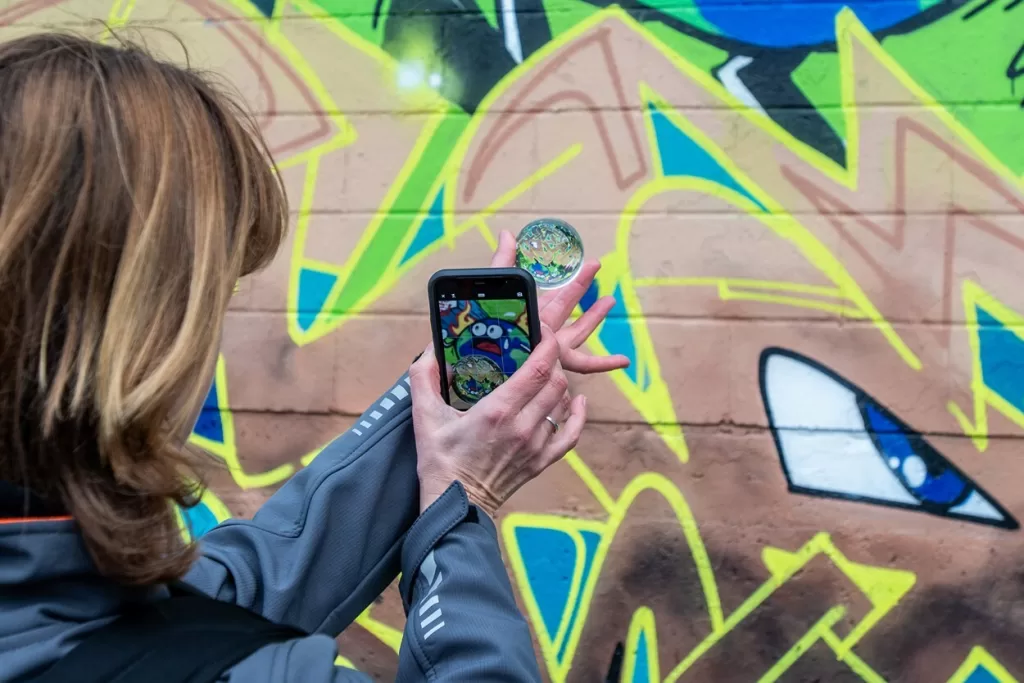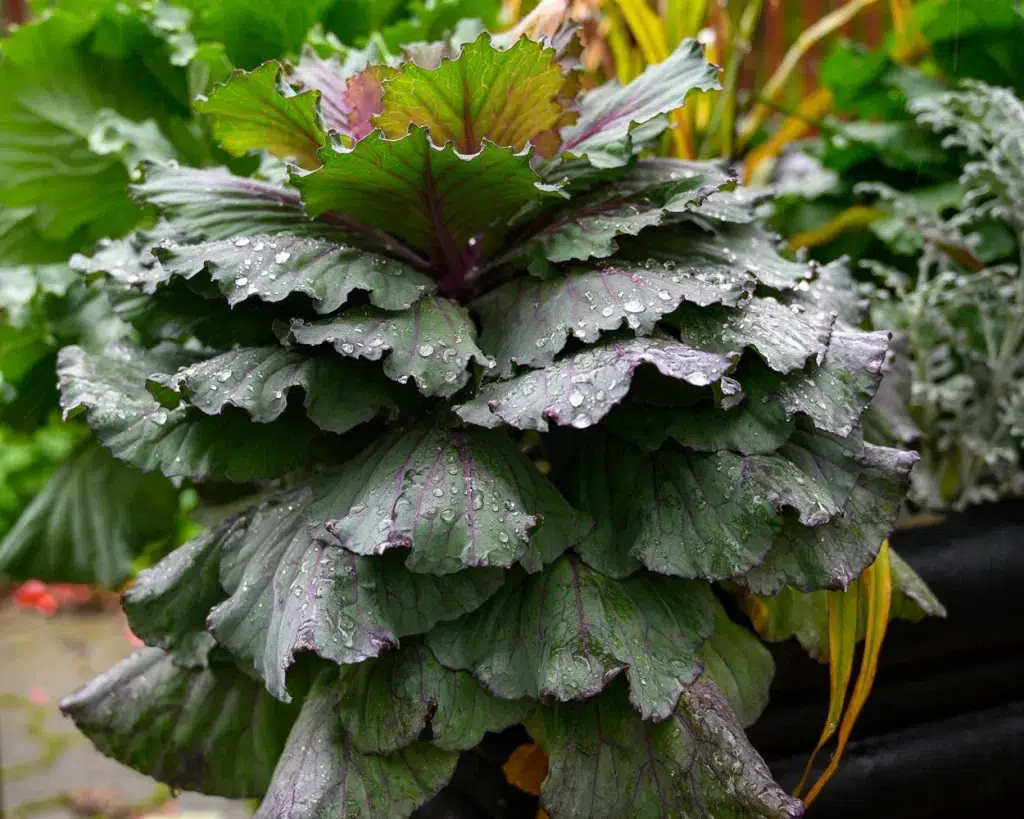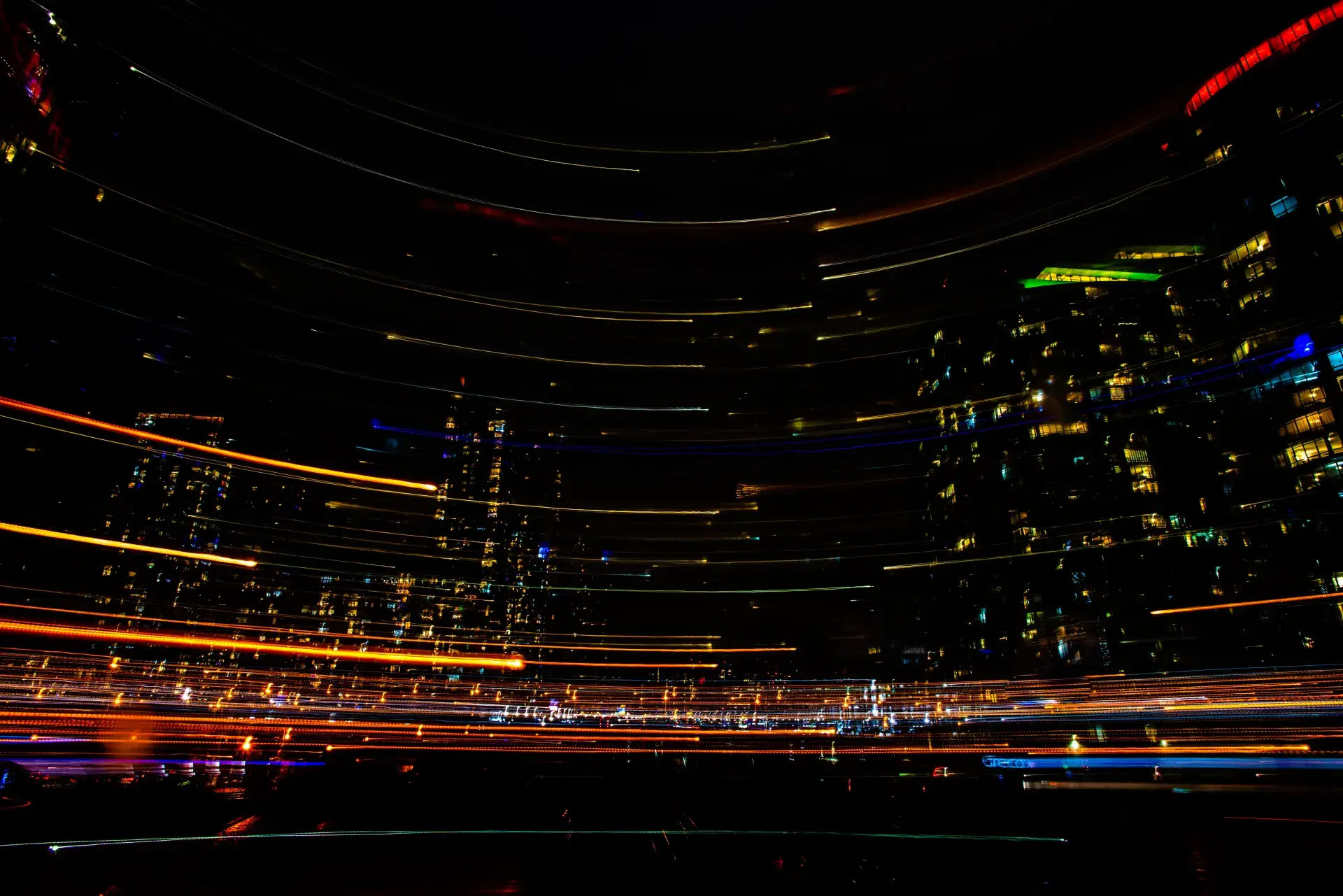Introduction
In a world where social media often dictates our perception of beauty, we’re constantly chasing ‘The Gram-worthy’ moments. But what if the true essence of photography lies in capturing the ordinary, the overlooked, and the mundane? Forget the perfectly posed sunsets and staged latte art.
Forget the pressure of “picture-perfect” moments that scream “Insta-worthy” but whisper “soul-sucking.” Today, we’re ditching the algorithm’s agenda and diving headfirst into the untapped magic of everyday photography.
Enhancing Everyday Photography Creativity: Tips and Techniques.
Let’s start by breaking free from the pursuit of perfection. Embrace the spontaneous, the imperfect, and the real. There’s a unique charm in candid shots that staged photos often miss. This shift in mindset opens up a world of possibilities where every moment holds potential for a great photograph.
- A Day in the Life: Grab your camera and chronicle the mundane. Capture the morning coffee steam, the way sunlight paints patterns on your desk, the raindrops clinging to a spiderweb. See the extraordinary in the ordinary.
- Feeling Found in Focus: Choose an emotion – joy, sorrow, wonder. Then, go out and find it in the world around you. Let your lens become your translator, expressing the unsaid through the seen.
- Challenge Accepted: Pick a theme – textures, reflections, patterns. Let your surroundings become a treasure hunt, each frame a tiny victory in your creative quest.
Focus on the “How” Over the “What”
Photography is not just about what you capture, but how you capture it. Your photography is an extension of you. Don’t be afraid to play, to experiment, to break the rules. This is your journey, your visual diary. Let your unique perspective shine through every click.

Here are some tips to enhance your creative vision:
- Play with Perspective: Look at your surroundings from different angles. A bird’s-eye view or a worm’s-eye view can add an intriguing twist to mundane scenes. Try shooting from below, above, or even through objects to create a unique perspective.
- Utilize Negative Space: Negative space, the area around and between the subjects of an image, can create a powerful visual impact. Use it to highlight your subject, create balance, or evoke a sense of simplicity and calmness.
- Find Unique Compositions: Challenge yourself to find new compositions in familiar settings. Look for patterns, symmetry, or interesting juxtapositions. Experiment with the rule of thirds or frame within a frame to add depth to your photos.
- Experiment with Color and Monochrome: Colors can set the mood and atmosphere of a photograph. Play with vibrant colors to create energy or use monochromatic tones for a more classic, timeless look. Sometimes, converting an image to black and white can highlight textures and contrasts beautifully.
- Capture Movement: Incorporating movement can add a dynamic element to your photographs. Use a slower shutter speed to capture the blur of motion, or try panning with your subject to keep them in focus against a blurred background.
- Explore Different Lighting Conditions: Lighting dramatically alters the mood of a photograph. Experiment with various lighting conditions – the soft light of a cloudy day, the harsh shadows of midday sun, or the golden hue of the sunset. Understanding and utilizing light will significantly enhance your photographic skills.
Celebrate the Small Details
The true essence of everyday photography often resides in the minute details that we usually overlook. It’s about capturing the intricacies and textures that give character to ordinary objects and scenes. Here are some ways to highlight and celebrate these small details:

- Textures and Patterns: The world around us is a tapestry of textures and patterns. The roughness of tree bark, the intricate lines on a leaf, or the repetitive patterns of urban architecture can become fascinating subjects. Focus on these textures and patterns to create photos that are rich in detail and depth.
- Macro Photography: Macro photography allows you to get up close and personal with your subject, revealing a world that’s often invisible to the naked eye. A simple flower, a drop of water, or an insect can become a stunning subject when viewed up close. This type of photography not only highlights the beauty of small details but also encourages you to slow down and really observe your surroundings.
- Light and Shadow Play: Observing how light interacts with objects can reveal stunning details. The way light filters through leaves, casts shadows, or highlights the contours of a face can add depth and emotion to your photographs. Early morning or late afternoon light, known as the golden hour, is particularly magical for capturing these details.
- Color Contrasts and Combinations: Colors can tell a story on their own. The contrast of a red apple against a green background or the harmony of pastel shades in a streetscape can create visually striking images. Pay attention to how colors interact with each other and use them to guide the viewer’s eye or evoke certain emotions.
- Reflections and Refractions: Water, glass, and other reflective surfaces offer opportunities to capture unique and often overlooked details. Reflections can create symmetrical compositions, add depth, or introduce an element of surprise. Look for reflections in puddles, windows, or mirrored surfaces to add an interesting twist to your photos.
- Seasonal Changes: Each season brings its own set of details. The fresh blooms of spring, the lush greenery of summer, the rich colors of autumn, and the stark beauty of winter all provide unique opportunities to capture the small details. Pay attention to how the changing seasons affect the landscape and the objects around you.

By focusing on these small details, your photography can transform the mundane into the extraordinary. It encourages you to look at the world with fresh eyes and find beauty in the most unexpected places.
Explore Light and Shadow as Storytelling Tools
Light and shadow are not just elements of a photograph; they are the very essence of visual storytelling. The interplay between light and darkness can transform an ordinary scene into a dramatic and emotive image. Here’s how you can use light and shadow to add depth and intrigue to your everyday photography:

- Understanding Light Quality: The quality of light can dramatically change the mood of a photograph. Soft, diffused light creates a gentle and serene atmosphere, ideal for portraits or nature shots. In contrast, harsh, direct light can produce strong shadows and high contrast, perfect for creating dramatic and edgy images.
- Chasing the Golden Hour: The golden hour, just after sunrise or before sunset, offers a warm, golden light that is flattering for almost any subject. This time of day provides a unique opportunity to capture long, soft shadows and a golden glow that can add a magical touch to your photographs.
- Silhouettes and Backlighting: Experiment with silhouettes by placing your subject between the light source and your camera. This technique emphasizes shapes and outlines, creating a sense of mystery. Backlighting, where the light comes from behind the subject, can create a halo effect or highlight the edges, adding depth to your images.
- Shadow Play: Shadows can be as interesting as the light that creates them. Look for patterns and shapes formed by shadows, or use them to add a sense of depth and perspective to your photos. Shadows can also be used to lead the viewer’s eye through the composition or to frame your subject in an intriguing way.
- Contrast in Black and White: Converting images to black and white can emphasize the contrast between light and shadow, making the interplay more striking. This can be particularly effective in creating mood, texture, and a timeless quality in your photographs.
- Night Photography: Exploring photography after dark opens up a new world of light and shadow. City lights, neon signs, or even the moon can provide interesting light sources. Night photography requires a good understanding of exposure and may require a tripod, but the results can be truly captivating.
By mastering the use of light and shadow, you can add a powerful and emotive element to your everyday photography. These natural elements can turn a simple image into a story, evoking emotions and capturing the viewer’s imagination.
Incorporate Challenges and Prompts
Boost your creativity with these fun and engaging exercises:
- A Day in the Life: This challenge is all about capturing the flow of an ordinary day. Start with your morning routine – maybe it’s a steaming cup of coffee or the sun peeking through your window. As your day unfolds, keep an eye out for those small, often unnoticed moments. It could be the hustle of the streets, a quiet moment during your lunch break, or the warm glow of the evening light in your home. The goal is to find and capture the beauty and rhythm in your everyday life.
- Capturing a Feeling: Photos can be powerful in expressing emotions. Choose an emotion like joy, solitude, hustle, or peace. Then, through your lens, try to capture this feeling. It might be a scene, a person, or even an object that represents the emotion. For example, joy could be found in a child’s laughter, solitude in a quiet, foggy morning, hustle in the blur of city traffic, and peace in the stillness of a sunset. This exercise helps you to not only take photos but to tell emotional stories through them.
Both of these challenges encourage you to look at your world differently. They’re not just about taking pictures; they’re about observing and understanding your surroundings and emotions. As you engage in these exercises, you’ll start to see potential photographs everywhere – in the ordinary and the extraordinary moments of life.
Image Showcase of Simple Things

BMX Crew out in Yonge / Dundas on a Saturday afternoon.

You can find something to shoot that is different than your norm that beings you pleasure.

Conclusion
Everyday photography is about finding the extraordinary in the ordinary. It’s a journey of observation, creativity, and storytelling. As you embrace these tips and challenges, remember that the most captivating images often come from the simplest moments. I encourage you to grab your camera, break free from the ‘perfect shot’ mindset, and start capturing the unseen beauty around you.
Share your experiences and creations; let’s inspire each other in this artistic journey.
If you’re looking for more insights or wish to connect with me, visit Glen Grant – Creative. I’m always excited to engage with fellow photography enthusiasts and professionals. Together, let’s explore the endless possibilities of photography and continue to capture the world through our unique lenses.
Come find me on Threads as well.







